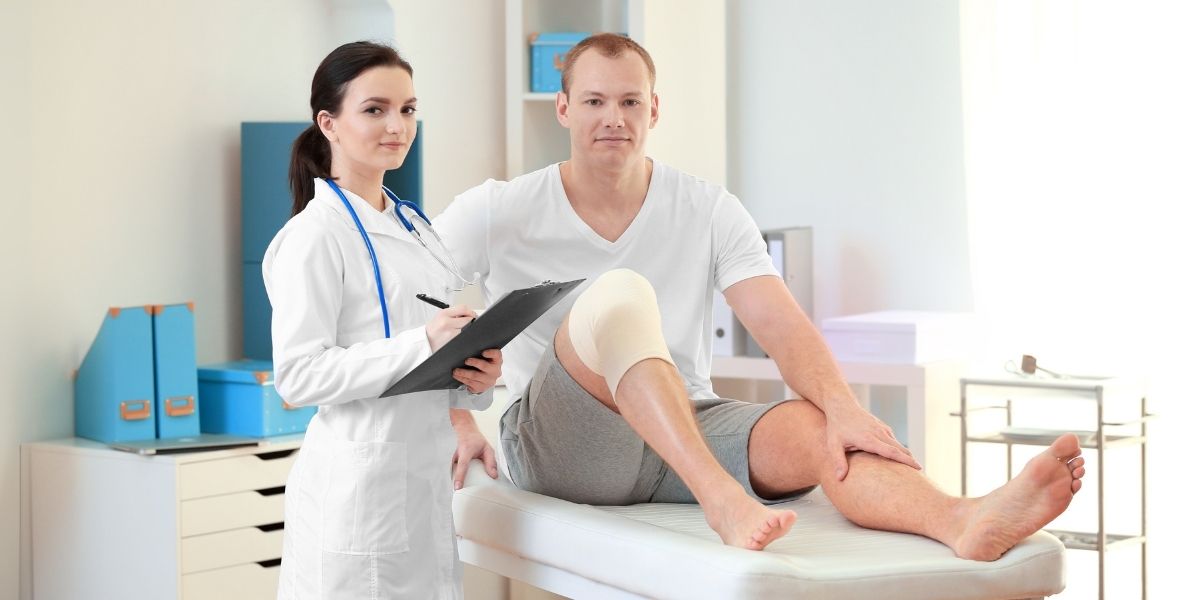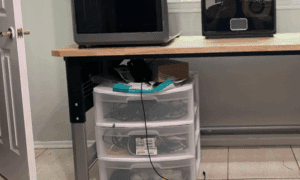Peripheral arterial disease, also referred to as PAD, affects millions of people worldwide and poses serious risks to vascular health. Treatment for PAD is critical for maintaining mobility, reducing pain, and preventing severe complications. If you’ve been diagnosed with PAD or suspect you might have it, you’re not alone, and effective treatments are available to restore blood flow and improve your quality of life.
This guide explores what peripheral arterial disease is, its symptoms, and the treatments tailored to fit individual needs. From understanding early warning signs to exploring advanced, minimally invasive procedures, this article covers everything you need to know.
What Is Peripheral Arterial Disease (PAD)?
Peripheral arterial disease is a circulatory condition caused by the narrowing or blockage of arteries, which disrupts proper blood flow to the extremities, especially the legs. It occurs as a result of atherosclerosis, a process that causes plaque buildup inside artery walls. This plaque, made up of cholesterol, calcium, and other substances, restricts blood flow over time.
PAD is more common than many realize, particularly in individuals over 50. While it often presents as leg pain when walking, early intervention can prevent its progression into more complex vascular issues.
Symptoms of PAD
Recognizing the symptoms of peripheral arterial disease is essential for timely diagnosis. Common signs include:
- Leg pain or cramping during activities such as walking or climbing stairs.
- Burning sensation or pain in the feet or toes, especially when at rest.
- Wounds on the legs, feet, or toes that are slow to heal.
- Skin discoloration, with feet appearing pale or bluish.
- Poor nail or hair growth on the legs and toes.
- For men, erectile dysfunction, particularly when accompanied by diabetes.
If untreated, these symptoms can lead to complications, such as non-healing ulcers or, in severe cases, reduced mobility.
Why Is Treatment for PAD Important?
Peripheral arterial disease is more than a condition affecting blood flow; it’s linked to major health risks like heart attacks and strokes. Treating PAD early is vital to preventing serious complications and improving your overall health and mobility.
Individuals who address PAD proactively often report better symptom management, enhanced lifestyle quality, and renewed confidence in their physical abilities.
Peripheral Arterial Disease Treatment Options
The good news is that PAD treatment has come a long way with modern medicine. Today’s options range from lifestyle modifications to state-of-the-art medical procedures. Below, we explore available treatments that can cater to different severities of the disease.
- Lifestyle Adjustments
For early-stage PAD, changes in lifestyle can make a dramatic difference. These include:
- Dietary changes to reduce cholesterol levels and maintain a healthy weight.
- Regular exercise, such as walking programs, to improve blood flow and build muscle strength.
- Smoking cessation to prevent further arterial damage.
- Medication to control conditions like high blood pressure or diabetes, which complicate PAD.
- Minimally Invasive Procedures
When PAD progresses or symptoms become more severe, minimally invasive treatments can restore circulation effectively. These include:
- Angioplasty: A small balloon is inserted and inflated within the artery to widen it.
- Stenting: A wire mesh tube is placed to keep the artery open after angioplasty.
- Atherectomy: Plaque buildup is carefully shaved or removed from artery walls using specialized tools.
- Endovascular Therapy: Procedures designed to restore proper blood flow and alleviate pain.
These outpatient techniques require little to no recovery time, eliminating the need for traditional surgery and allowing patients to get back on their feet faster.
- Support for Wound Healing
Circulatory issues caused by PAD can lead to non-healing wounds in the legs and feet. Improving blood flow is an essential step in wound care. Many treatment programs collaborate with wound care specialists to speed up healing and prevent infections.
Early Diagnosis for Better Outcomes
One of the challenges with PAD is that its symptoms can mimic those of other conditions, such as arthritis or nerve damage. Advanced diagnostic methods, like vascular imaging, ensure accurate identification and targeted treatments tailored to individual needs.
If you’re experiencing persistent leg pain or any of the symptoms listed, consider consulting a vascular specialist to determine the best course of action.
How Peripheral Arterial Disease Treatment Transforms Lives
Peripheral arterial disease treatment in Houston is not just about restoring circulation; it’s about improving lives. Patients often see an immediate improvement in their ability to walk longer distances, sleep without foot pain, and reduce the risk of serious complications.
With its emphasis on minimally invasive solutions and personalized care plans, modern PAD treatment empowers individuals to regain their independence and live more confidently.
Take Control of Your Vascular Health
Peripheral arterial disease treatment offers hope and healing for anyone affected by this condition. Whether making lifestyle changes or exploring cutting-edge procedures, taking the first step toward better vascular health puts you on the path to long-term wellness and mobility.
Don’t wait to address symptoms like leg pain or persistent foot wounds. Contact your local vascular specialist or consult with a trusted healthcare provider to explore treatment options tailored for you. Prioritize your health to continue enjoying life to its fullest.



































